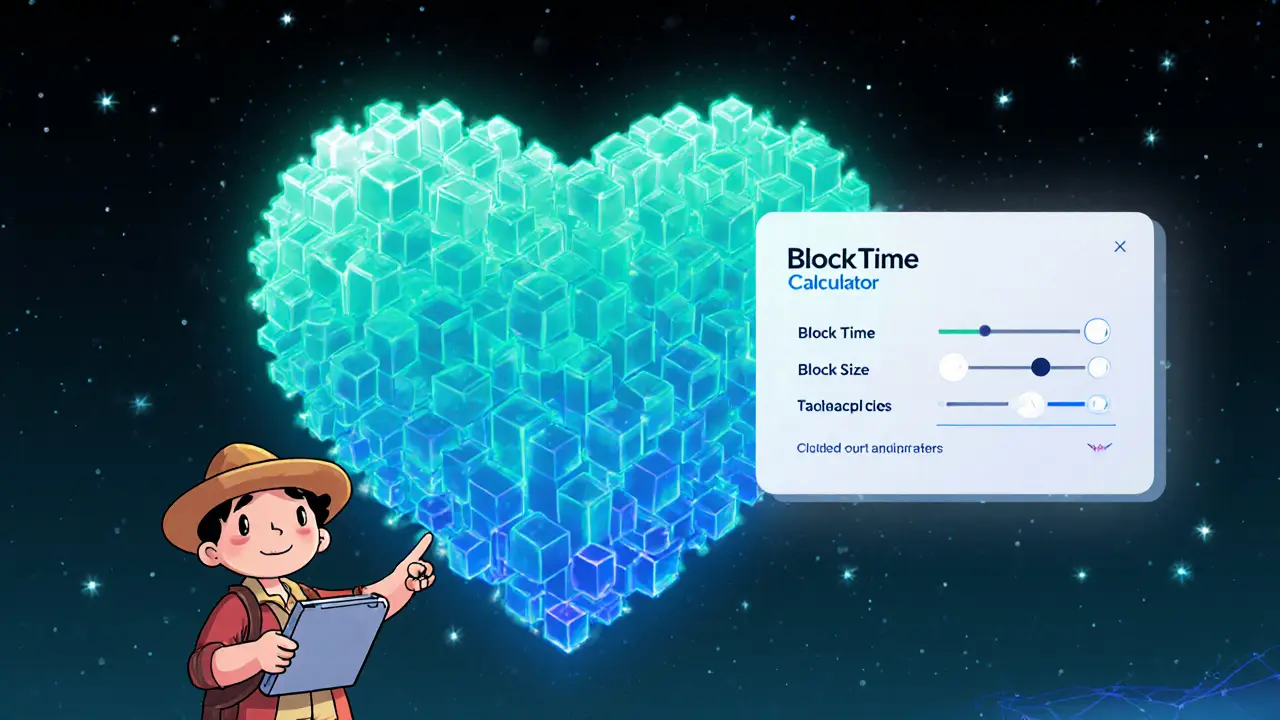When working with Lightning Network, a layer‑2 protocol that lets Bitcoin transactions settle instantly and at low cost. Also known as Bitcoin's Lightning, it opens the door to real‑time payments and micropayment use cases, you instantly see the link to Bitcoin, the first cryptocurrency that secured a global proof‑of‑work network. The network builds on payment channels, two‑way lanes that allow participants to exchange funds off‑chain and makes micropayments, tiny transactions worth a few cents or less, ideal for content or IoT practical. In short, Lightning Network enables instant Bitcoin payments, requires payment channels, and fuels micropayments.
Why does Bitcoin need a layer‑2 solution? On‑chain blocks can only handle about seven transactions per second, and fees rise when demand spikes. The Lightning Network tackles both issues by moving most activity off‑chain. Its key attributes are speed—transactions confirm in milliseconds—and cost—fees drop to fractions of a cent. Users also gain privacy because off‑chain activity isn’t broadcast to the whole network. Think of it as a highway that relieves congestion on the busy downtown road of the Bitcoin blockchain.
How does it actually work? First, two parties open a channel by locking a small amount of Bitcoin in a multi‑signature address. While the channel is open, they can exchange unlimited signed updates that represent balance changes. Once they’re done, they close the channel and the final balances settle on the main chain. The network uses a routing protocol that finds a path of channels between any two participants, similar to how a packet travels through the internet. This routing relies on hashed timelock contracts (HTLCs) to ensure funds move safely and only if each hop claims them.
Real‑world use cases are popping up everywhere. Retailers accept Lightning payments for coffee, gaming platforms let players tip creators instantly, and decentralized finance (DeFi) projects use it for fast swaps and atomic loans. Even the Internet of Things benefits—smart meters can pay for electricity in real time without waiting for a block confirmation. These examples show that the Lightning Network isn’t just a technical curiosity; it’s becoming a payment backbone for everyday digital interactions.
That said, the network isn’t without challenges. Liquidity management can be tricky; each channel needs enough funds on both sides to handle expected traffic. If a channel runs out of balance, payments must find alternative routes or fail. Security is also a concern—if a node goes offline, the other party must broadcast the latest state before a timeout expires, or risk losing funds. Developers are constantly improving watchtower services and automated rebalancing tools to mitigate these risks.
Looking ahead, upgrades like Taproot and new routing algorithms promise smoother operations and better privacy. Wallets are adding one‑click channel creation, and merchants are getting plugins that instantly convert Lightning payments into fiat. As the ecosystem matures, you’ll see more cross‑chain bridges that let Lightning interact with other cryptocurrencies, expanding its reach beyond Bitcoin.
Below you’ll find a curated list of articles that dig deeper into each of these topics—reviews of DeFi platforms using Lightning, guides on setting up channels, analysis of fee estimators, and more. Whether you’re a beginner wanting to try a coffee purchase or a developer building the next Lightning‑powered app, the posts ahead will give you practical insights and actionable steps.

State channels enable fast, low-cost off-chain transactions on blockchains like Bitcoin and Ethereum. Learn how Lightning Network and Raiden work, where they excel, and why they're not the solution for every blockchain use case.

Learn how block time determines transaction speed, why Bitcoin uses a 10‑minute interval, and how Layer‑2 solutions like Lightning provide instant payments.